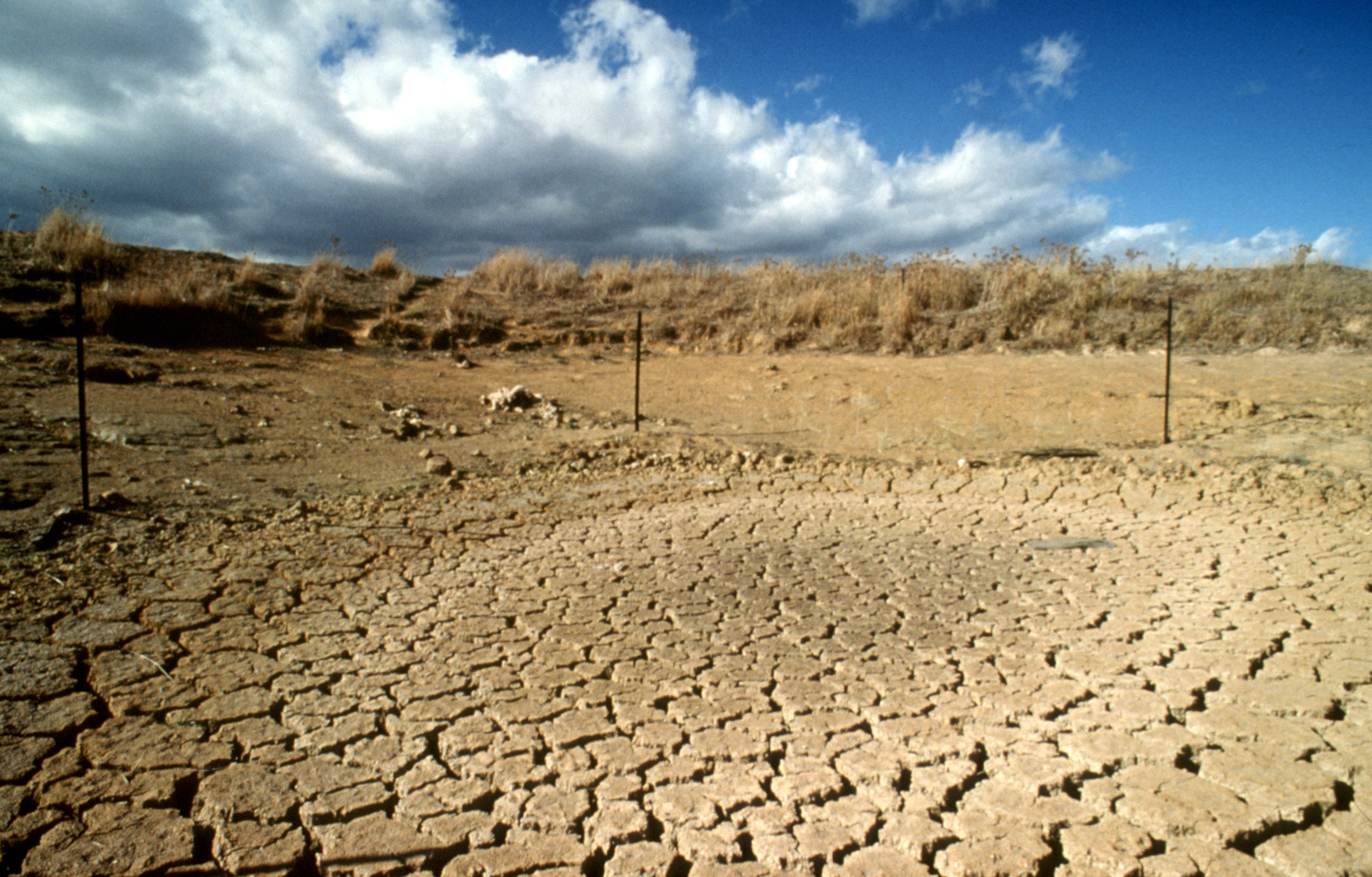Weather and climate
Weather and climate refer to different aspects of meteorology.
Weather is the brief, rapidly changing condition of the atmosphere at a particular place and time, usually changing from hour-to-hour and place-to-place, influenced by the movement of air masses.
Climate, on the other hand, is more stable, describing the average weather over at least 30 years.
For example, winter is colder than summer, and Melbourne is colder than Darwin.
 Just as a cricketer rarely hits their batting average during a particular match, the (average) climate conditions do not always exist in a particular year.
Just as a cricketer rarely hits their batting average during a particular match, the (average) climate conditions do not always exist in a particular year.
Climate variability and climate change
Climate variability refers to the year-to-year variations around the average conditions.
This means that consecutive summers will not all be the same, with some cooler and some warmer than the long-term average.
Climate change refers to any long-term trends or shifts in climate over many decades.
These changes may be due to natural variations (such as changes in the Earth’s orbit) or caused by human activities changing the composition of the atmosphere.
Climate variability overlays and sometimes hides longer-term climate change.
Hence, a single warmer or cooler year or even decade on its own is not sufficient evidence to assert climate change is or isn't occurring.
However, statistically significant changes in average conditions over many decades do provide evidence of a changing climate.
Living in a changing climate
Australians have learned to live with climate variability such as droughts and flooding rains, and hot and cold years, but our coping capacity is limited. We are vulnerable to extreme events, as shown by the economic, social and environmental costs of recent fires, floods, heatwaves, droughts and tropical cyclones.
Human-induced climate change represents new challenges for this generation and those to come, through increases in extreme weather events and other changes, such as sea-level rise and ocean acidification.
The changing climate is altering the frequency, intensity and duration of extreme events. Adaptation will be necessary to manage the new and increased risks due to climate change. Adaptation includes new management practices, engineering solutions, improved technologies and behavioural change.
Learn more about climate adaptation and how we are helping Australia adapt to climate change.
Weather and climate
Weather and climate refer to different aspects of meteorology.
Weather is the brief, rapidly changing condition of the atmosphere at a particular place and time, usually changing from hour-to-hour and place-to-place, influenced by the movement of air masses.
Climate, on the other hand, is more stable, describing the average weather over at least 30 years.
For example, winter is colder than summer, and Melbourne is colder than Darwin.
Just as a cricketer rarely hits their batting average during a particular match, the (average) climate conditions do not always exist in a particular year.
Climate variability and climate change
Climate variability refers to the year-to-year variations around the average conditions.
This means that consecutive summers will not all be the same, with some cooler and some warmer than the long-term average.
Climate change refers to any long-term trends or shifts in climate over many decades.
These changes may be due to natural variations (such as changes in the Earth’s orbit) or caused by human activities changing the composition of the atmosphere.
Climate variability overlays and sometimes hides longer-term climate change.
Hence, a single warmer or cooler year or even decade on its own is not sufficient evidence to assert climate change is or isn't occurring.
However, statistically significant changes in average conditions over many decades do provide evidence of a changing climate.
Living in a changing climate
Australians have learned to live with climate variability such as droughts and flooding rains, and hot and cold years, but our coping capacity is limited. We are vulnerable to extreme events, as shown by the economic, social and environmental costs of recent fires, floods, heatwaves, droughts and tropical cyclones.
Human-induced climate change represents new challenges for this generation and those to come, through increases in extreme weather events and other changes, such as sea-level rise and ocean acidification.
The changing climate is altering the frequency, intensity and duration of extreme events. Adaptation will be necessary to manage the new and increased risks due to climate change. Adaptation includes new management practices, engineering solutions, improved technologies and behavioural change.
Learn more about climate adaptation and how we are helping Australia adapt to climate change.
